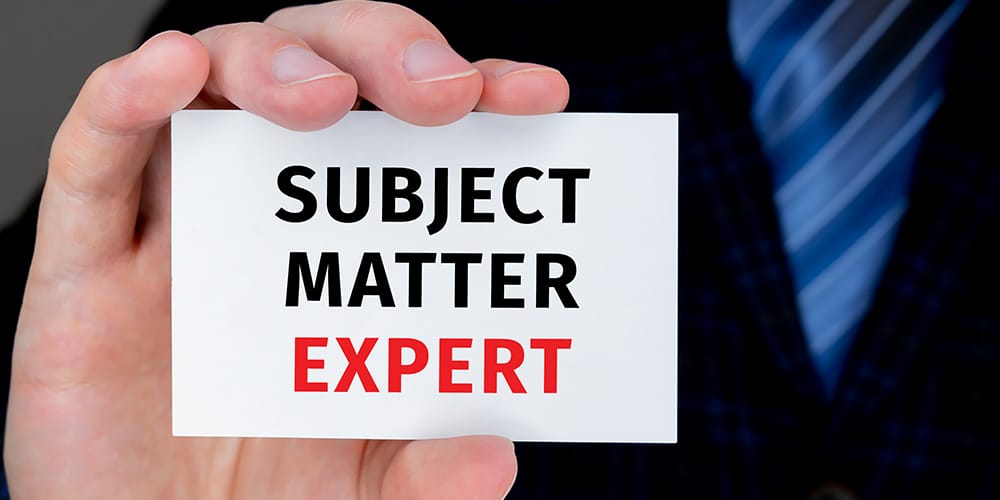With the pace of change in scholarly publishing accelerating, collaboration between Editorial Teams and Journal Editorial Office (JEO) Teams has become more vital than ever. As publication volumes rise and quality standards tighten, the lines between these two teams are blurring, creating exciting opportunities for synergy. In this article, we explore how these two groups can work hand-in-hand to enhance both efficiency and academic rigor in the publishing process.
The Modern Editorial Ecosystem: A New Era of Publishing
The scholarly publishing workflow has grown more intricate, demanding a delicate balance between maintaining academic excellence and ensuring operational efficiency. At the heart of this evolving ecosystem are two critical, yet interconnected, teams: the Editorial Team, which focuses on academic quality and strategy, and the JEO Team, which ensures the smooth operational execution of the publication process. Together, they form the backbone of any successful journal.
The Editorial Team: Guardians of Academic Integrity and Excellence
The Editorial Team is where academic rigor meets strategy. Comprising academic editors, subject matter experts, and dedicated editorial staff, this team is tasked with:
- Defining the Journal’s Vision: Setting the direction and maintaining the journal’s academic scope, impact, and reputation.
- Ensuring Academic Quality: Assessing the novelty, methodology, and potential impact of submitted manuscripts.
- Leading Peer Review and Decision-making: Carefully selecting appropriate reviewers and integrating their feedback in the decision to ensure the highest standards of quality.
- Ethical Oversight: Upholding publishing ethics and ensuring research integrity is maintained at every stage.
The JEO Team: The Operational Backbone of the Publishing Process
While the Editorial Team focuses on academic excellence, the JEO Team is the engine that keeps everything running smoothly. Often working behind the scenes, this team ensures that processes are streamlined and deadlines are met. Their expertise includes:
- Submission Management: Handling manuscript tracking systems and ensuring technical compliance with submission guidelines.
- Optimizing Processes: From submission to final decision, they ensure workflows are efficient and organized.
- Stakeholder Communication: Acting as the central point of contact, they coordinate between authors, reviewers, and editors to keep everyone in the loop.
- Quality Assurance: Running technical checks and ensuring consistency throughout the publishing process.
Revolutionizing the Editorial-JEO Partnership: The Key to Success
The successful journals of today are tearing down the traditional walls between the Editorial Team and the JEO Team. By embracing a more integrated approach, these teams can:
Redefine Traditional Boundaries
Rather than sticking to rigid roles, many journals are finding success by:
- Creating flexible role definitions that can adapt to high-volume periods.
- Introducing hybrid positions that combine both academic and operational responsibilities.
- Cross-training team members to foster mutual understanding and appreciation of each other’s roles.
Harnessing Technology as a Collaboration Catalyst
Technology has become the bridge between Editorial and JEO teams, helping to streamline workflows and enhance collaboration. While traditional manuscript management systems like ScholarOne and Editorial Manager are staples in the industry, cutting-edge tools are taking collaboration to the next level by:
- Integrating project management software for enhanced visibility and real-time monitoring.
- Implementing automated quality control systems to ensure consistency at every stage.
- Using data analytics to pinpoint bottlenecks and optimize the publishing process.
Reinventing Quality Control
Quality control in modern publishing goes far beyond traditional checks. Leading journals are embracing innovations that leverage both teams’ strengths, such as:
- AI-powered plagiarism detection and reference checking to speed up the screening process.
- Creating tiered screening processes that engage both teams at different stages of the manuscript review.
- Developing comprehensive quality metrics that span both academic rigor and operational efficiency.
Best Practices for Enhanced Collaboration: Tips for Building a Stronger Partnership
To foster a more effective and seamless relationship between Editorial Teams and JEO Teams, journals can implement a few best practices:
Strategic Planning
- Clear Communication Protocols: Establish joint strategy sessions, share access to performance dashboards, and create structured feedback mechanisms to ensure transparency.
- Develop Standard Operating Procedures (SOPs): Define clear handoff points, set escalation protocols, and prepare contingency plans for high-volume periods.
Performance Optimization
- Monitor Key Performance Indicators (KPIs): Track metrics such as submission-to-first-decision time, reviewer acceptance rates, author satisfaction, and technical compliance.
- Implement Regular Quality Audits: Regularly review manuscript processing, assess peer review quality, and gather feedback through author experience surveys.
Future-Proofing the Partnership: Staying Ahead of the Curve
As the landscape of scholarly publishing continues to evolve, successful journals will need to stay ahead of the game. To do so, they must:
Embrace Technological Innovation
- Integrate AI for Preliminary Screening: Use machine learning tools to automate manuscript screening for basic compliance and quality checks.
- Adopt Predictive Analytics: Leverage data to predict submission trends, reviewer availability, and bottlenecks to optimize workflows.
- Implement Blockchain for Transparency: Blockchain technology can offer greater transparency and security in the publishing process, ensuring ethical standards are met.
Invest in Team Development
- Cross-Functional Training Programs: Equip team members with knowledge across both academic and operational areas to build a more flexible, efficient workforce.
- Build Expertise in Emerging Technologies: Stay on top of the latest publishing trends and technologies to ensure your teams are always prepared for the future.
- Develop Leadership Across Both Teams: Encourage leadership development within both the Editorial and JEO teams to build stronger, more collaborative leadership structures.
Conclusion: A New Era of Scholarly Publishing
The future of scholarly publishing is about collaboration. By breaking down traditional silos and fostering a more integrated approach between Editorial and JEO teams, journals can create an environment that is not only more efficient but also academically rigorous. With a focus on technology, streamlined processes, and team development, the collaboration between these two teams can become the cornerstone of successful, future-proofed publishing operations.
The key takeaway? Academic excellence and operational efficiency are not opposing forces—they’re complementary strengths that, when aligned, elevate the entire publishing process. By embracing this mindset, journals can deliver top-tier content while ensuring an exceptional experience for authors, reviewers, and readers alike.
Take the Next Step
At Integra, we celebrate the invaluable contributions of editorial professionals and recognize their essential role in advancing the scholarly community. Our advanced tools empower them to continue playing a crucial part in advancing human knowledge through research. As a trusted partner, we offer human expert-led, technology-assisted solutions tailored to editorial, research integrity, and peer review management.
Contact us now to explore how we can help you succeed!
About the Author:
Ashutosh Ghildiyal is the Vice President of Growth and Strategy at Integra, a leading global provider of publishing services and technology. With over 18 years of experience in scholarly publishing, he champions innovation through AI-driven solutions while leading strategic growth initiatives. A recognized thought leader in scholarly communication, he works closely with scholarly societies, university presses, and educational publishers worldwide to advance transformative solutions in academic publishing.



